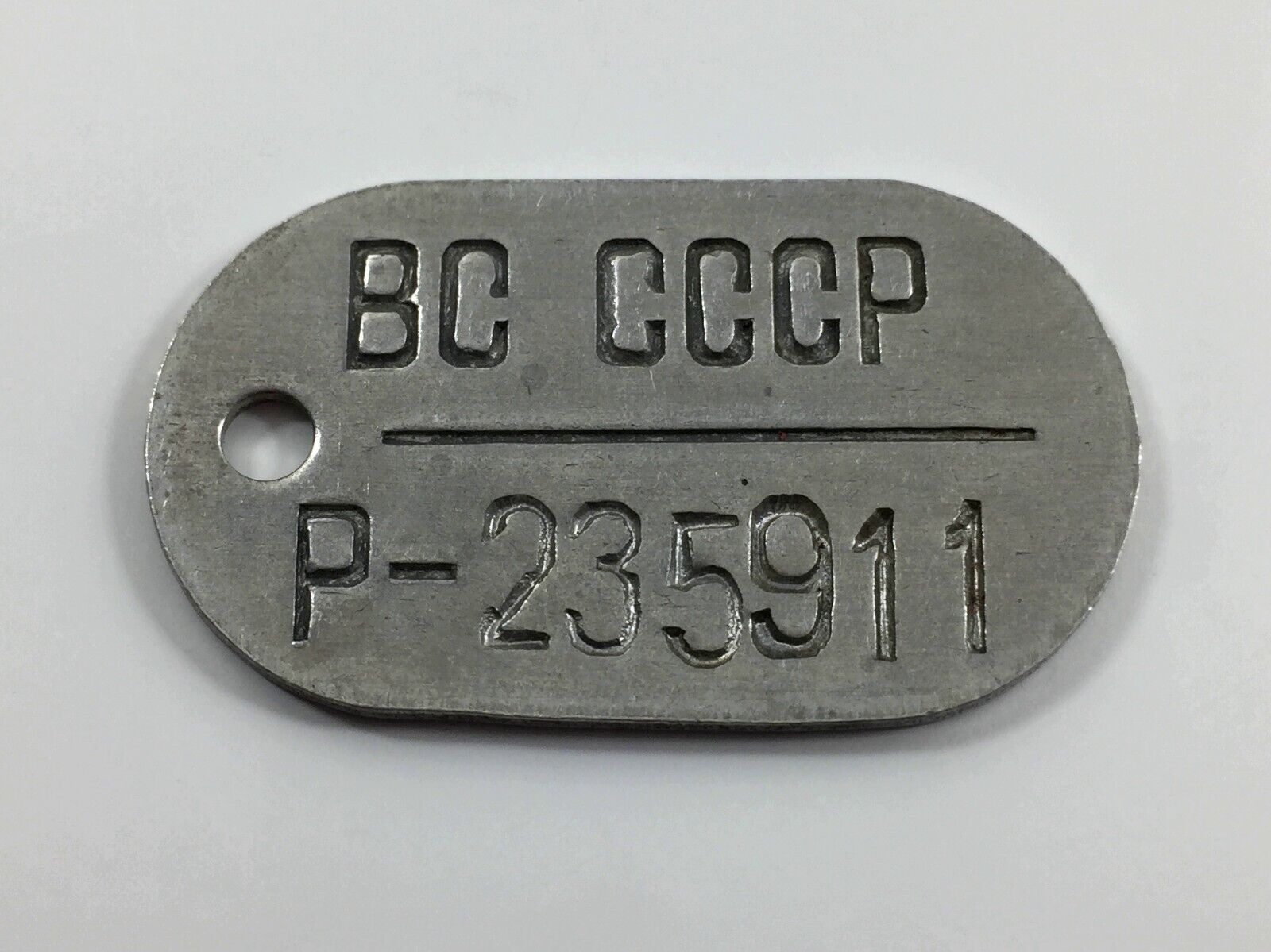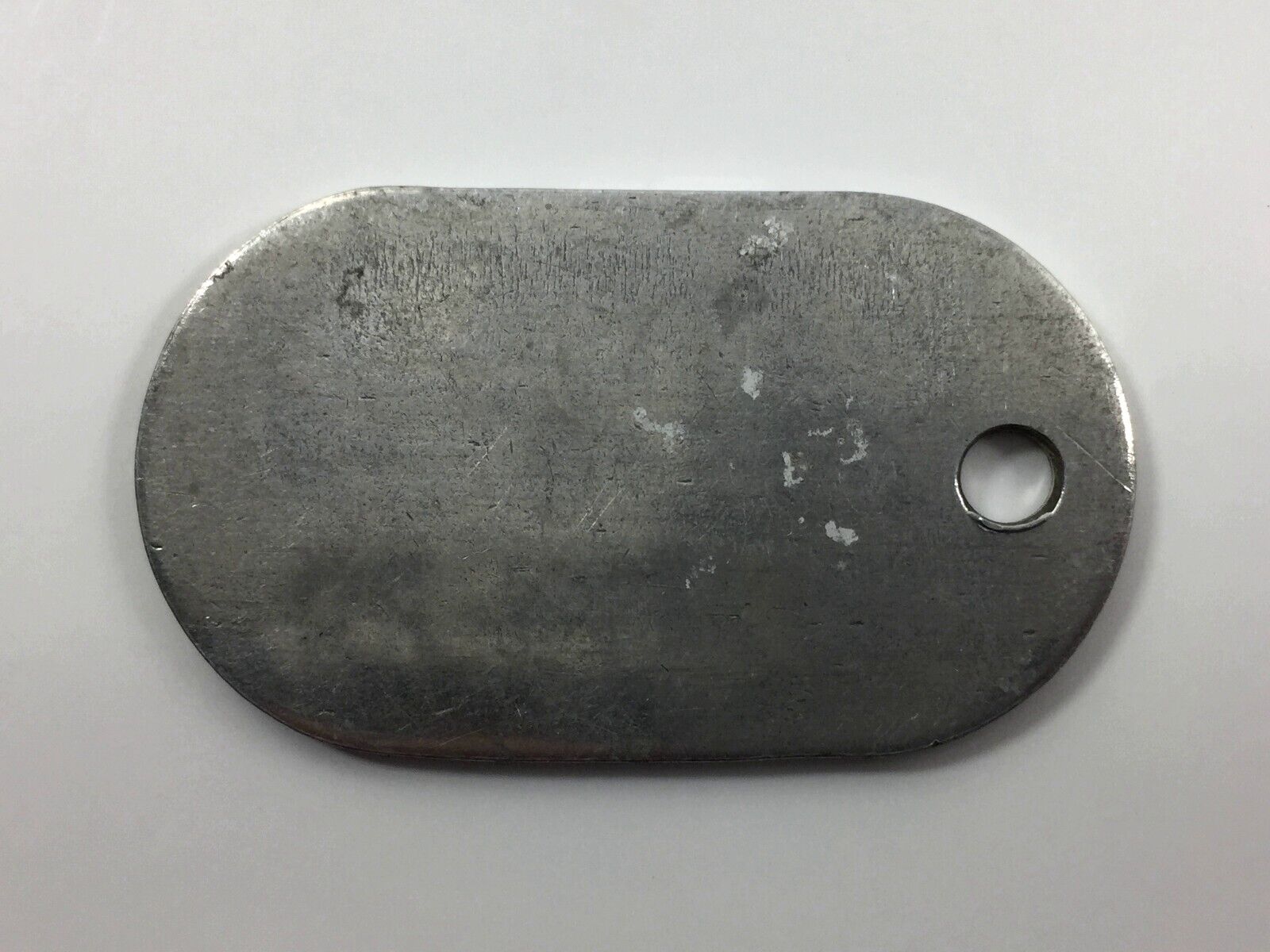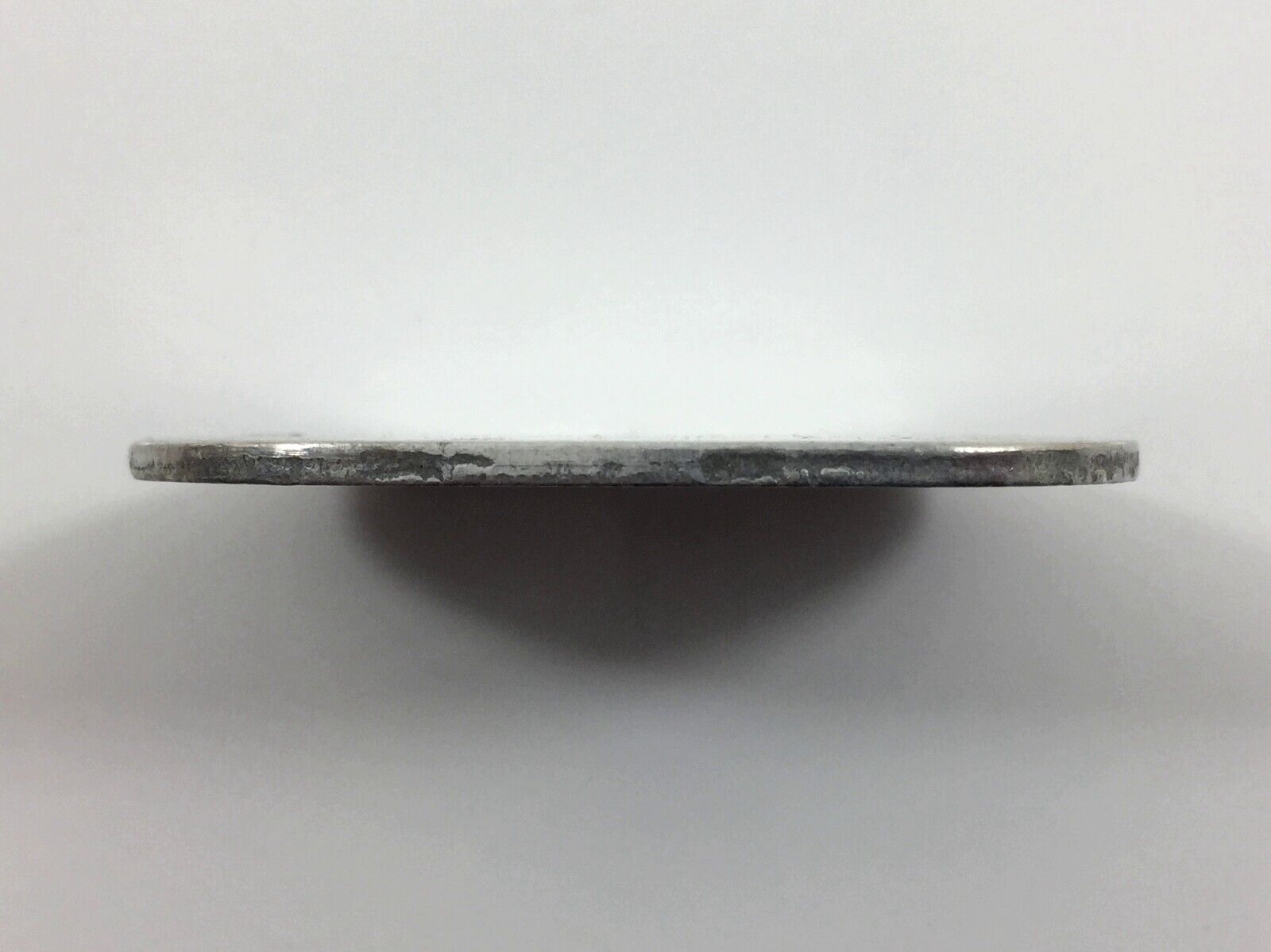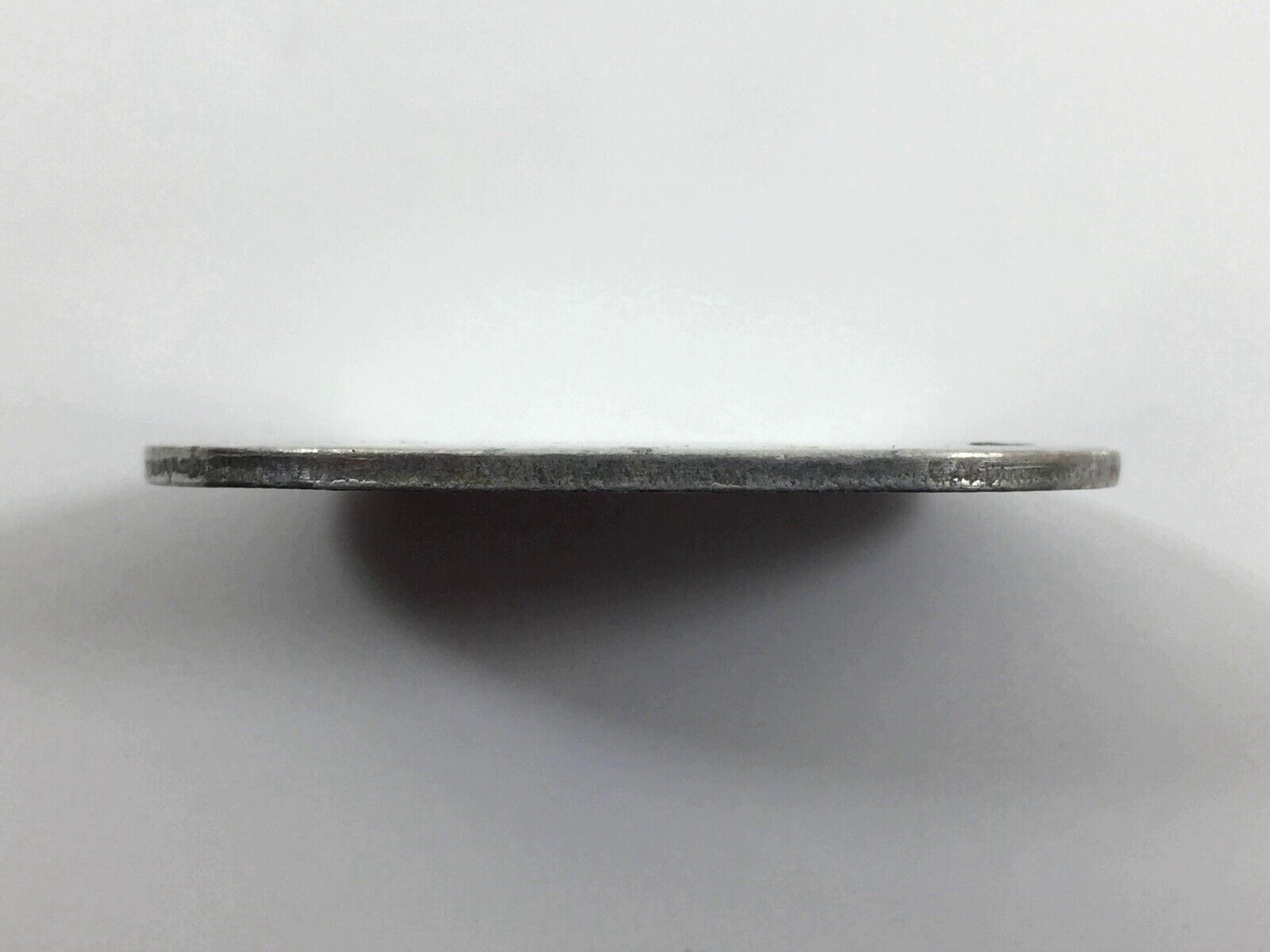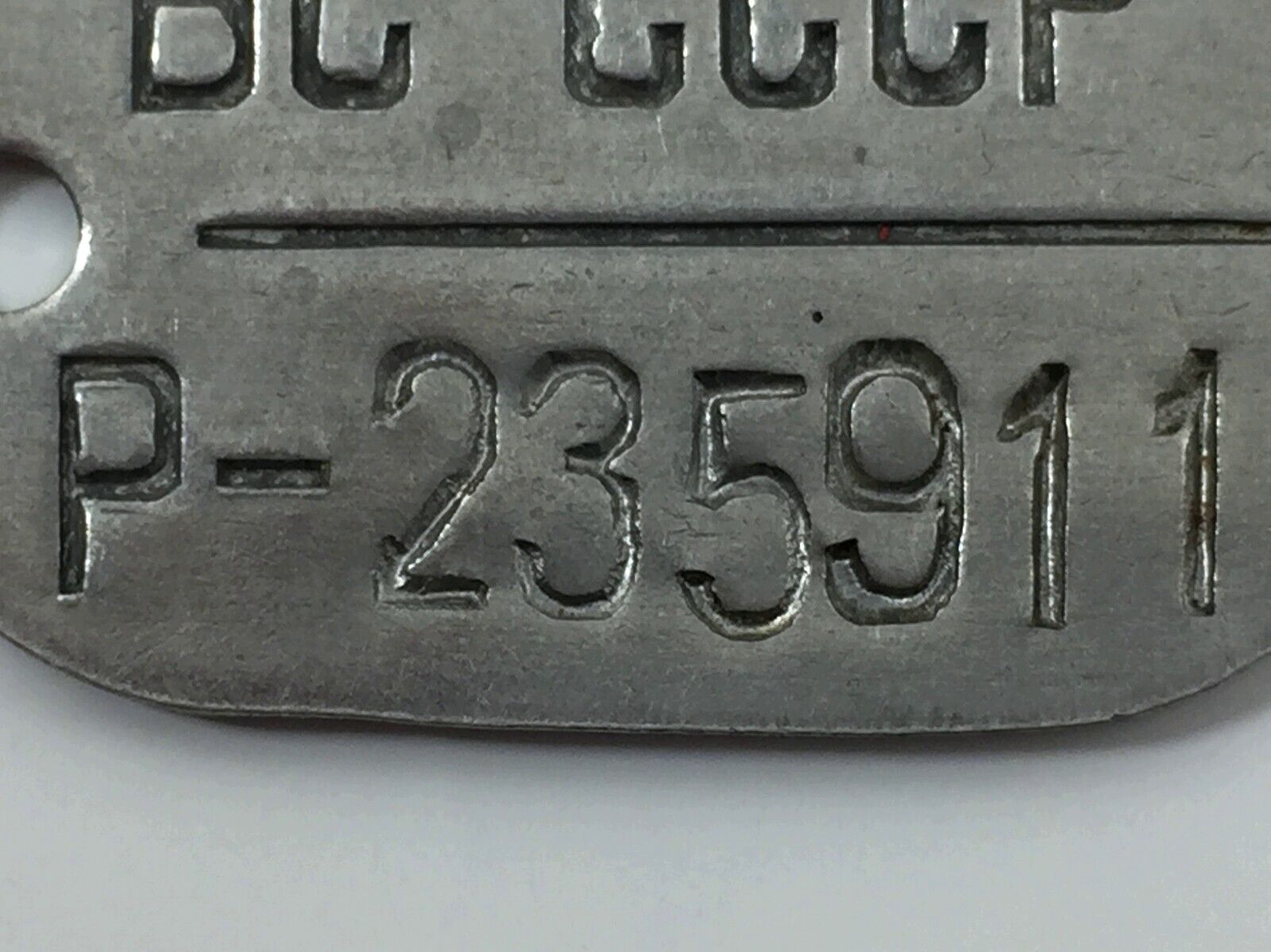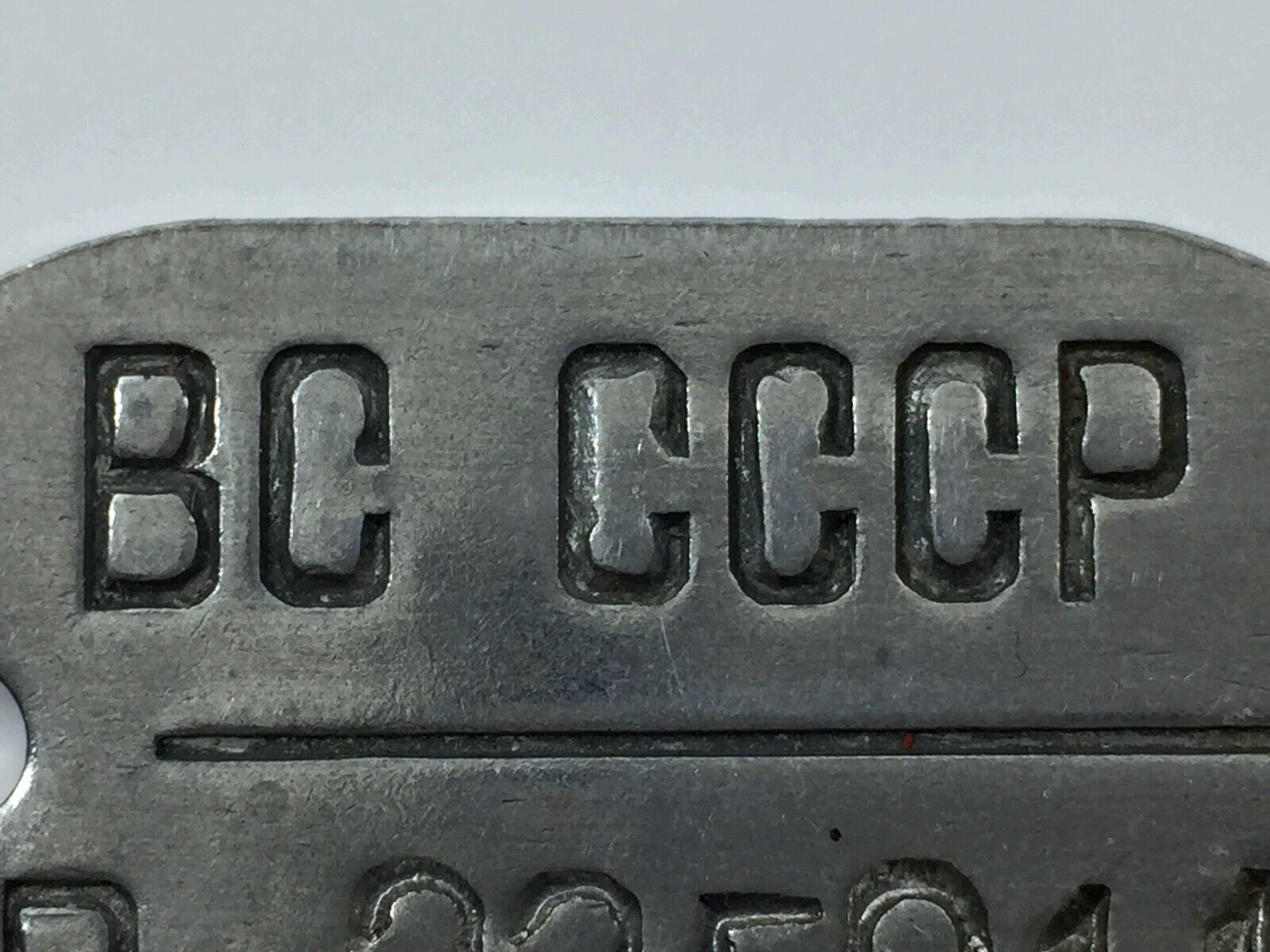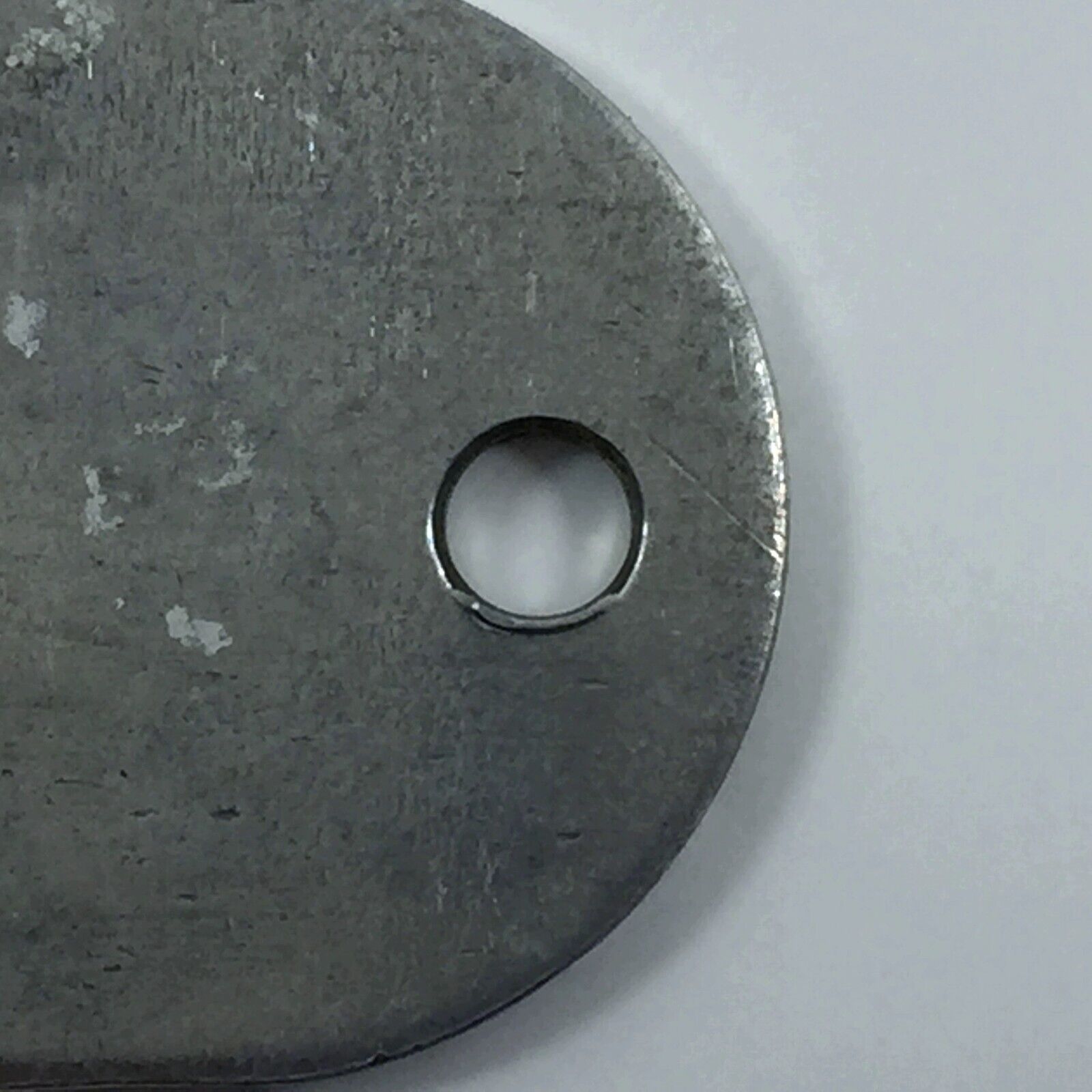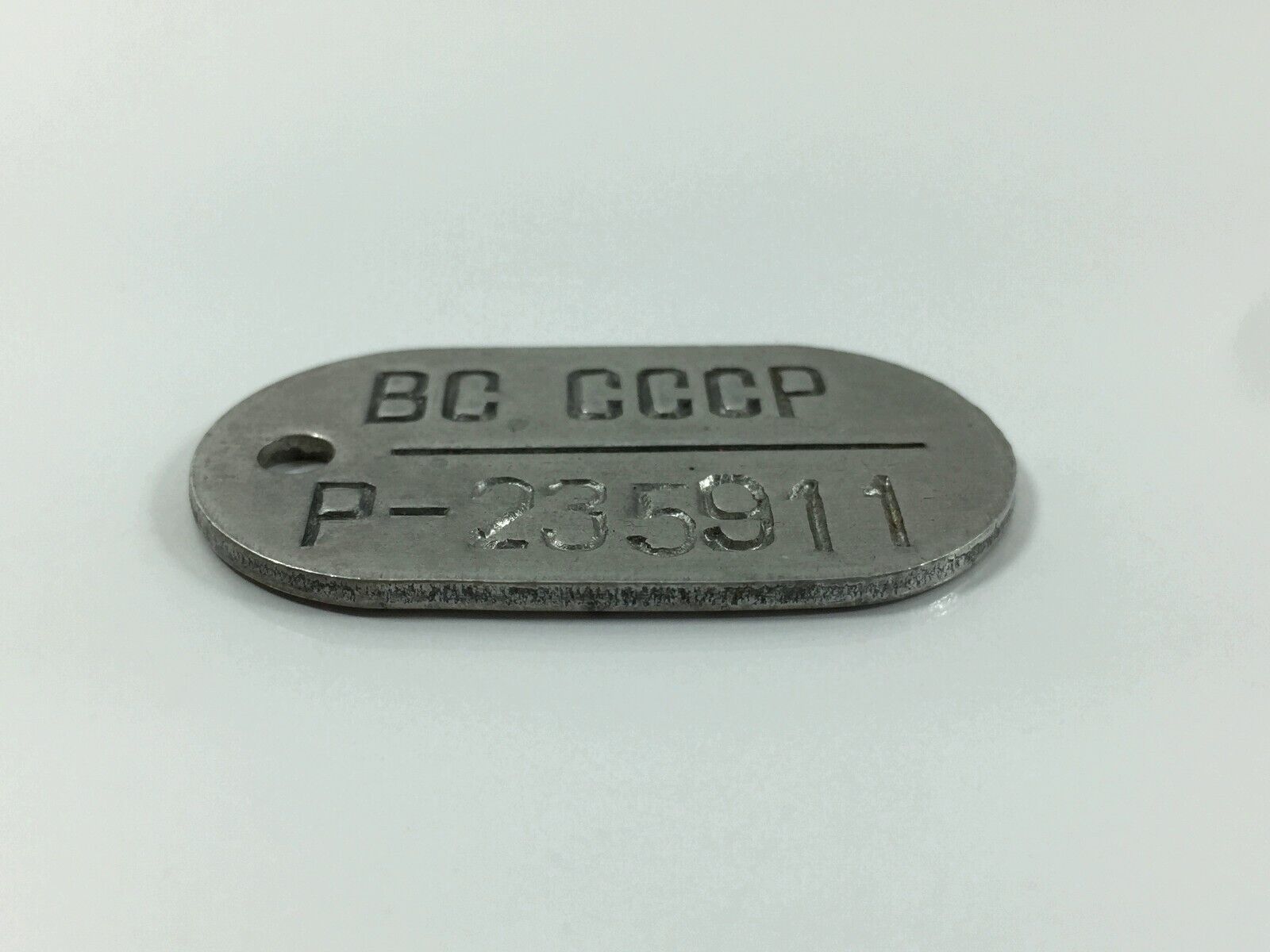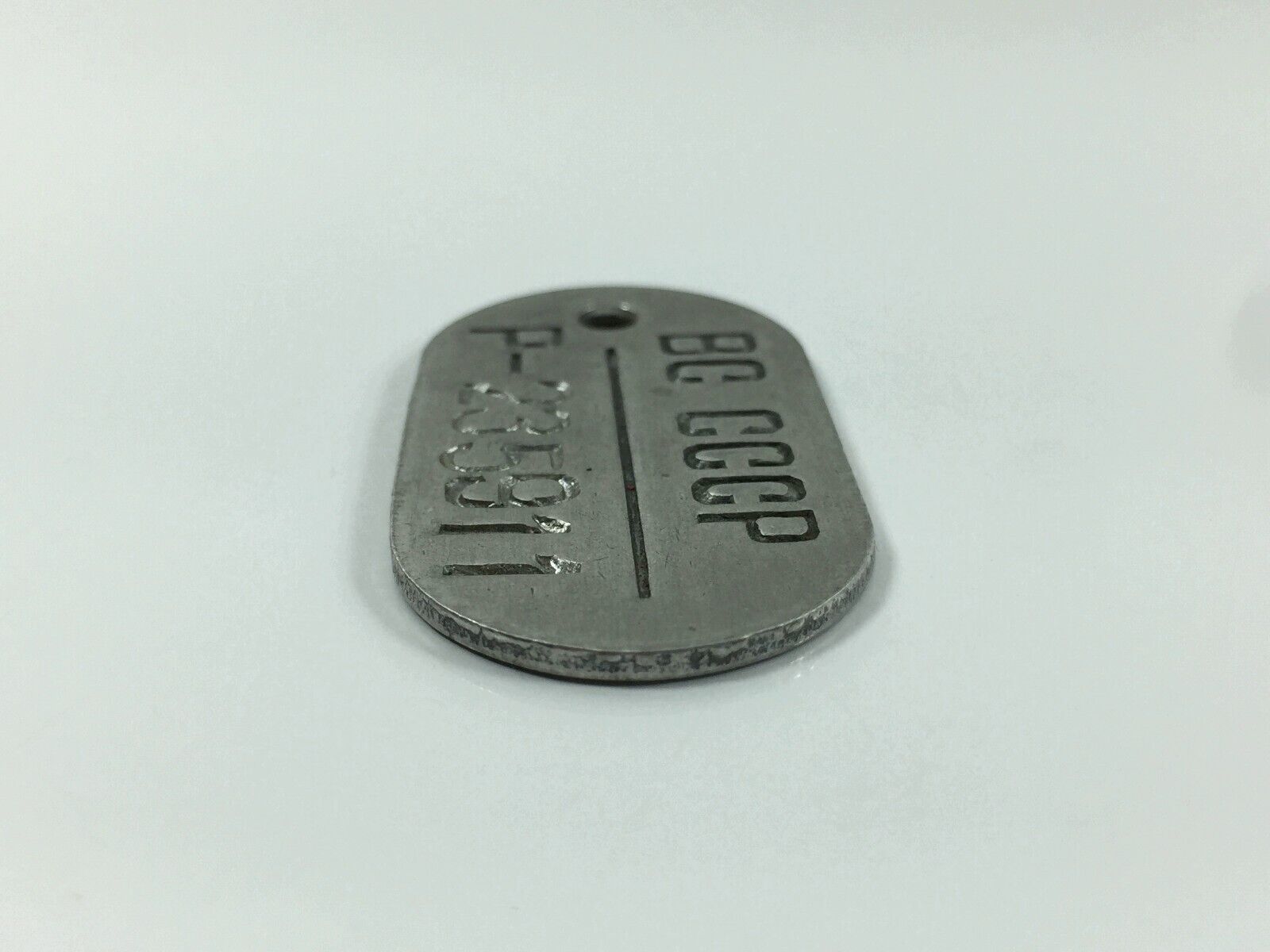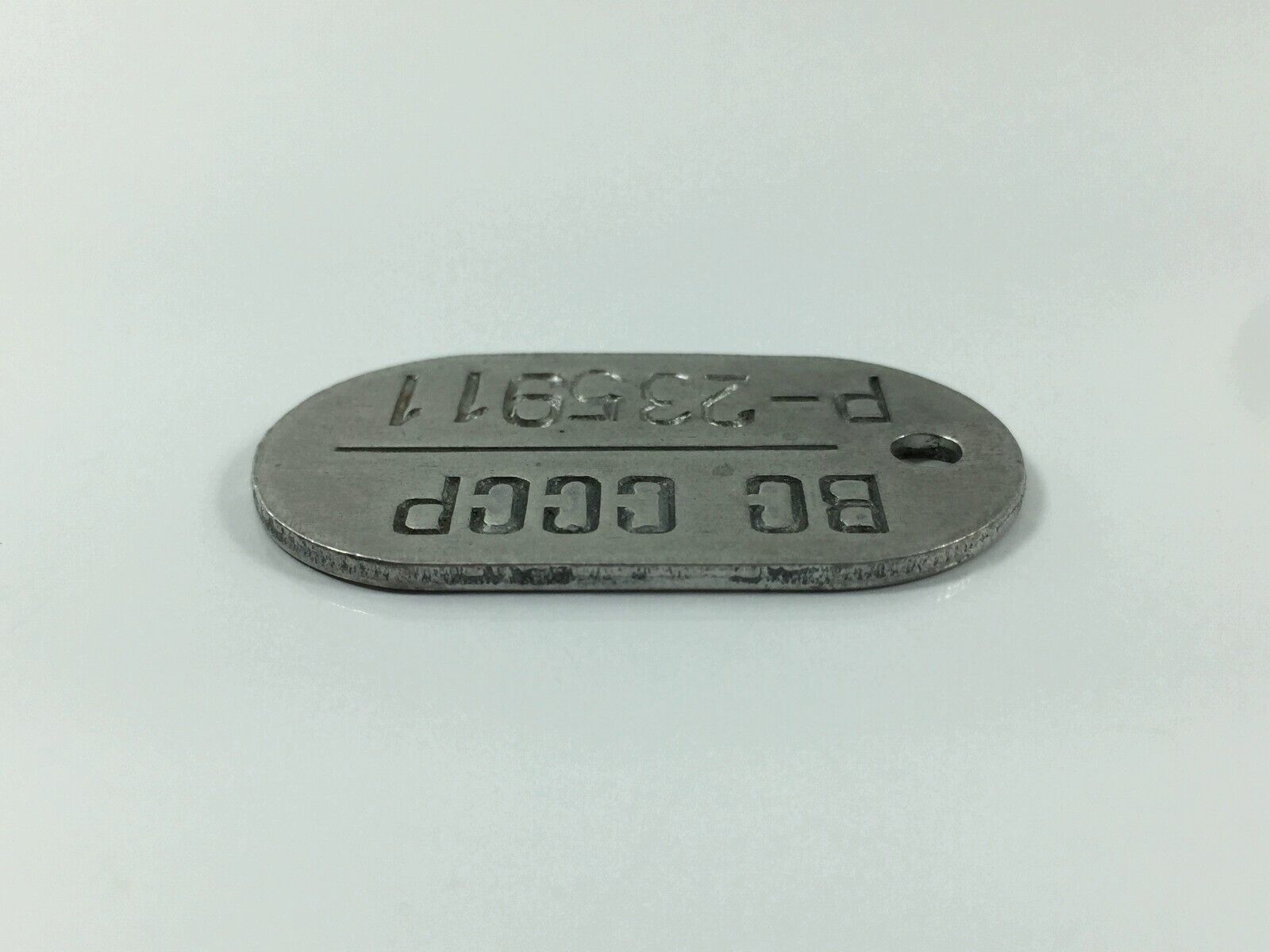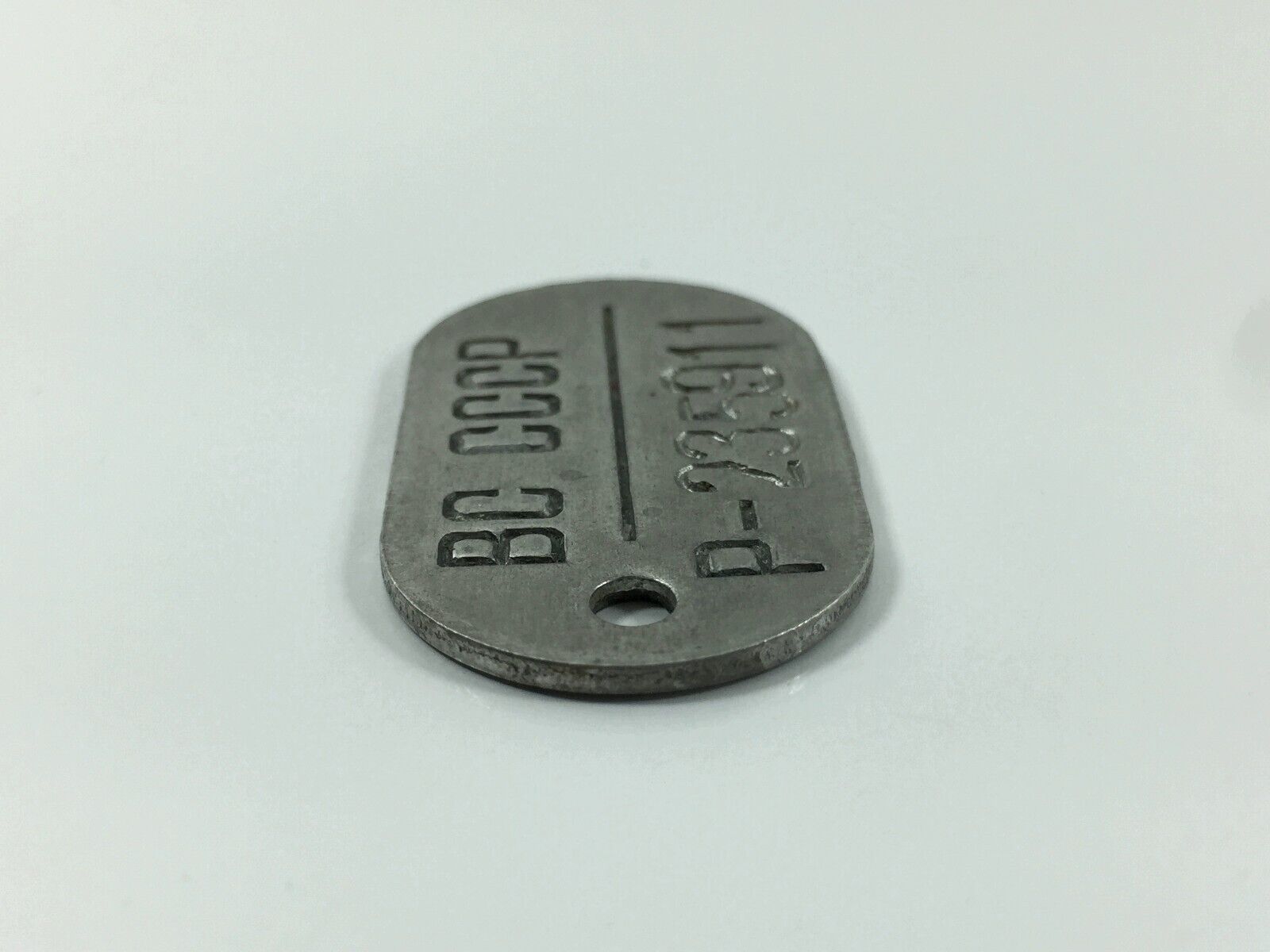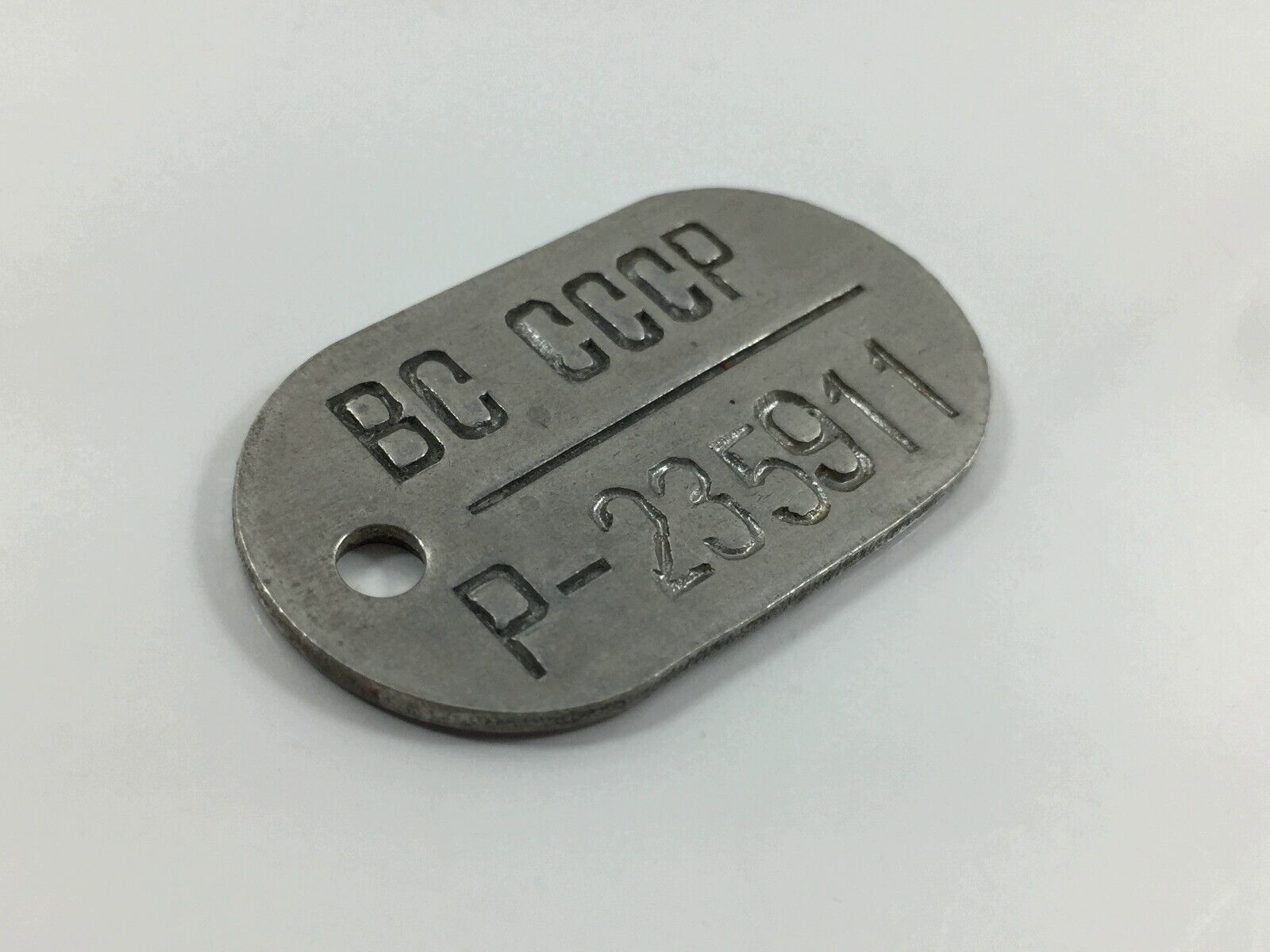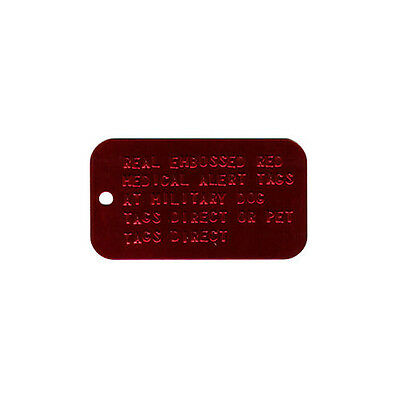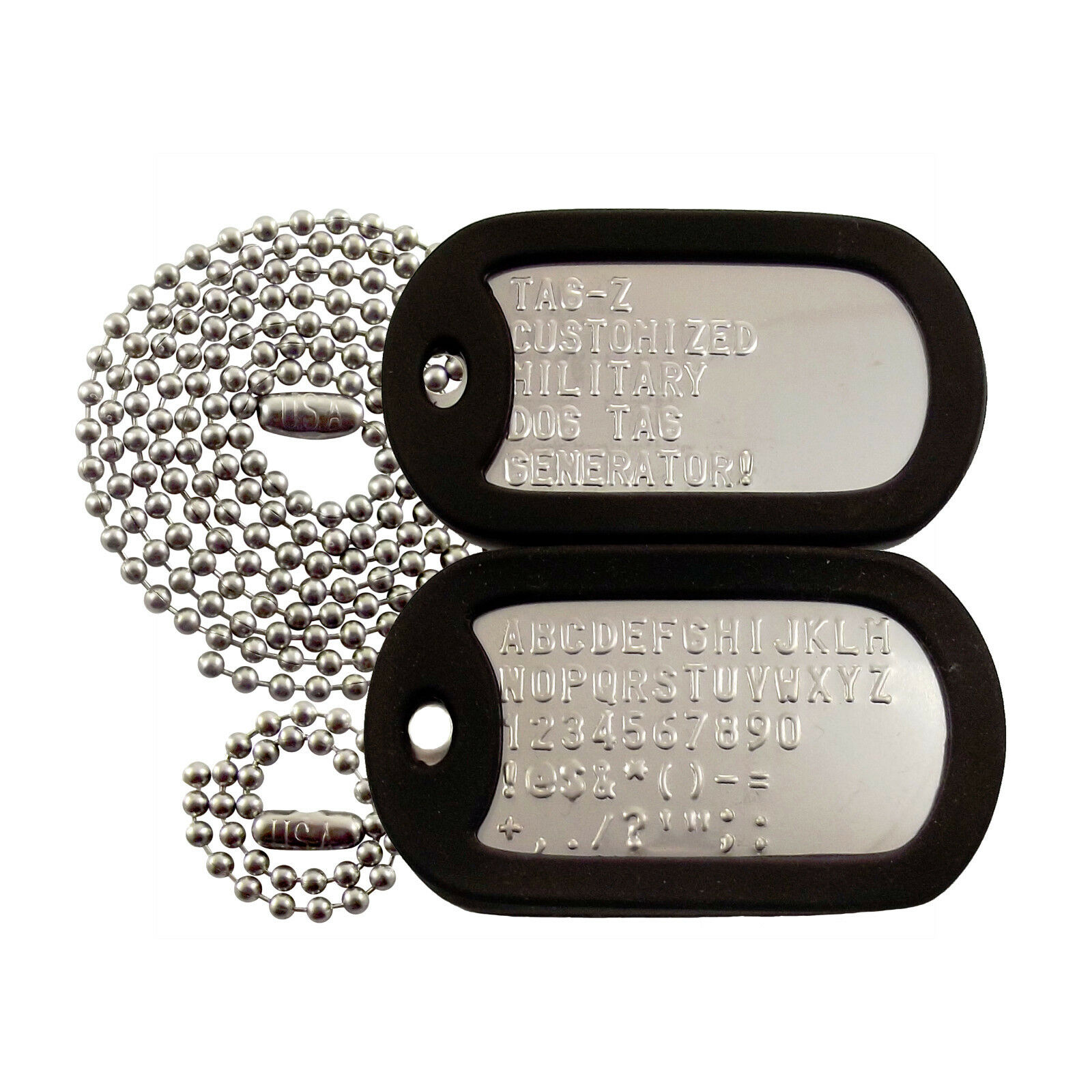-40%
Badge Soldier id Russian army Dog tag number token WW titanium USSR ORIGINAL
$ 5.25
- Description
- Size Guide
Description
Dog tag Soldier Id of a Russian serviceman 1 pcs.Russian Russian soldier badges appeared during the Russo-Turkish War of 1877-1878, when the army personnel received individual metal plates with a cord to wear around their necks. The badge was stamped with the numbers of the regiment, battalion, company and the personal number of the military. Later, in mid-January 1917, one of the last orders of the Russian emperor was a decree on a "special neck badge for identifying the dead or wounded" - a small metal incense with an ear for a braid, inside which there was to be a small piece of parchment with information about the military unit, the name of the owner, his awards, religion and address. At that time, only a small part of the manufactured tin medallions left the troops – the process of equipping personnel with these identification marks was stopped by the October Revolution.
In 1924, the tsar's neck badge – the army medallion was "reinstated" and was introduced into all units of the Red Army, with a slight difference – the paper form was printed in a typographic way and information about the military unit was excluded from it. In addition, all identification data of a soldier or officer were entered not by the owners themselves, but by staff clerks. The army tokens of this sample existed before the Finnish military company, during which it turned out that the metal medallion was leaky and the leaflet could quickly become unusable, so in March 1941, the metal container - incense was replaced with an octagonal plastic cylinder, with a paper insert in two copies, in which the address, blood type was indicated. and the full name of the owner, as well as the name and surname of his next of kin. In November 1942, it was decided to remove the army medallions from the army supply and for a long time the conscript soldiers did not have identification tokens.
In the 60s of the twentieth century, officers of the Armed Forces of the USSR were issued tokens after graduation, on which the personal number of the serviceman was applied. Very often, such a badge can be seen on a bunch of keys, in addition, officers wore it by screwing it to a "float" (a badge of graduation from a higher military school) on the back of their tunic.
The situation began to change gradually with the beginning of numerous local conflicts. And again, one of the first who began to receive tokens were conscript border guards who took part in the fighting in Tajikistan. They were given a standard army badge with a personal number. Later, interesting samples of tokens for border guards from the local population also appeared there.
After the January 1995 events in Chechnya, the War Memorials Association, at the request of the Ministry of Defense of the Russian Federation, prepared a proposal for a unified personal identification badge (LO3) for all categories of military personnel, including officers and generals. The proposal was considered and that's all. The sign did not appear in the troops.
The badge according to the project consists of two identical metal plates and is intended to be worn around the neck. The affiliation to the Armed Forces, the code of the region of the Russian Federation and the district military commissariat that issued the badge, the personal number of the conscript, blood type and Rh factor are indicated. All data is duplicated in the central accounting authority, which can be organized on the basis of the Central Archive of the Ministry of Defense of the Russian Federation. This information should also be entered in all personal documents. LOZ, experts believe, it is advisable to issue RVC at the place of residence, that is, when conscripted for military service or admission to a military university. In the event of the death of a serviceman, one of the plates is removed and taken into account when compiling a report on losses, while the second remains with the deceased for subsequent identification.
Currently, developments are underway in Russia and experimental batches of tokens with embedded microchips have already been released, which could contain more information about a soldier than the existing five lines. Since the beginning of the 90s, there has been talk about the introduction of such a microchip into one of the soldier's teeth. According to statistics, this part of the body is damaged less often in battle.
The question is unclear - how much information about a soldier should be placed in such a chip and how to avoid getting them to the enemy, for example, in the case of captivity, because according to the statute, a soldier has the right to report only his rank, surname, first name and personal number.
A campaign against this development was launched by American advocates of individual rights.
*** Please do not make hasty bids/buying - watch and read what you are buying. This product is very old and has signs of aging. It is being sold as is, everything is shown in detail in the photos and description. In cases of force majeure and on holidays, the delivery period may increase. In case of unforeseen circumstances, do not rush to open a dispute, write to me, and I will begin to solve the problem. If you have any complaints, questions or concerns, I will be happy to answer them. The most valuable thing for me is your opinion and satisfaction, my reputation is also very important for me. Thank you for your understanding, waiting for your feedback! ***
